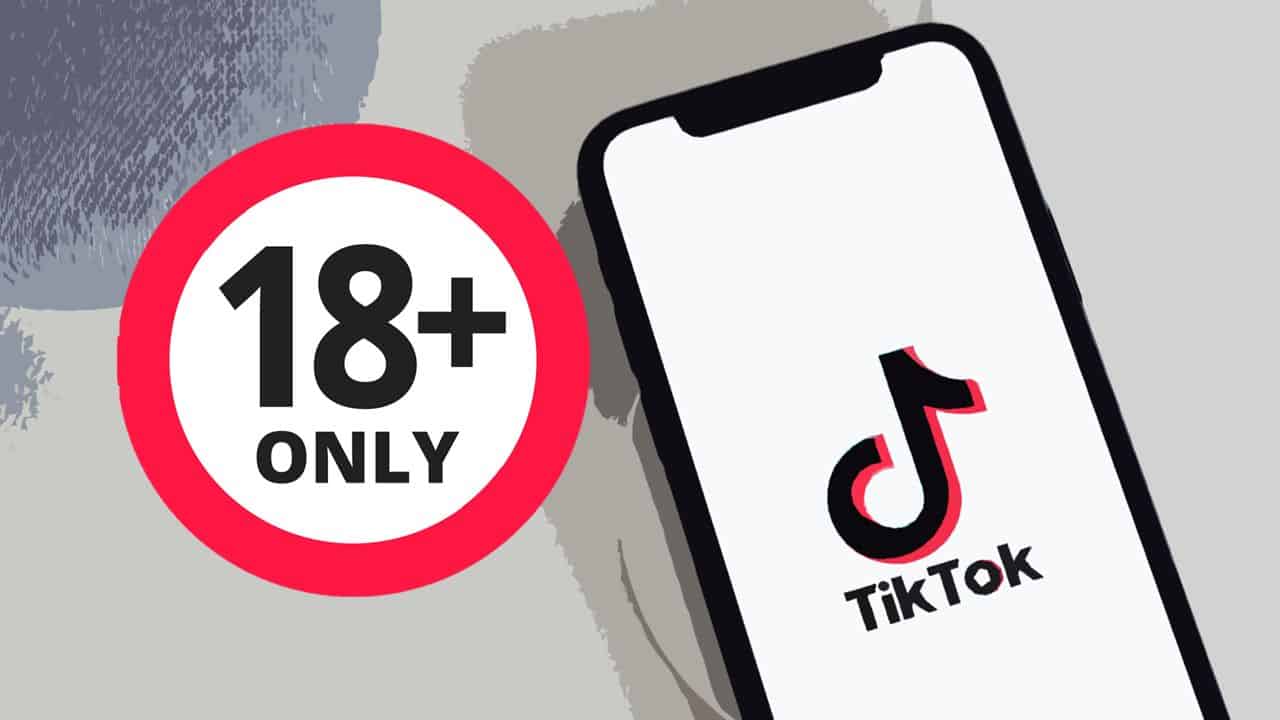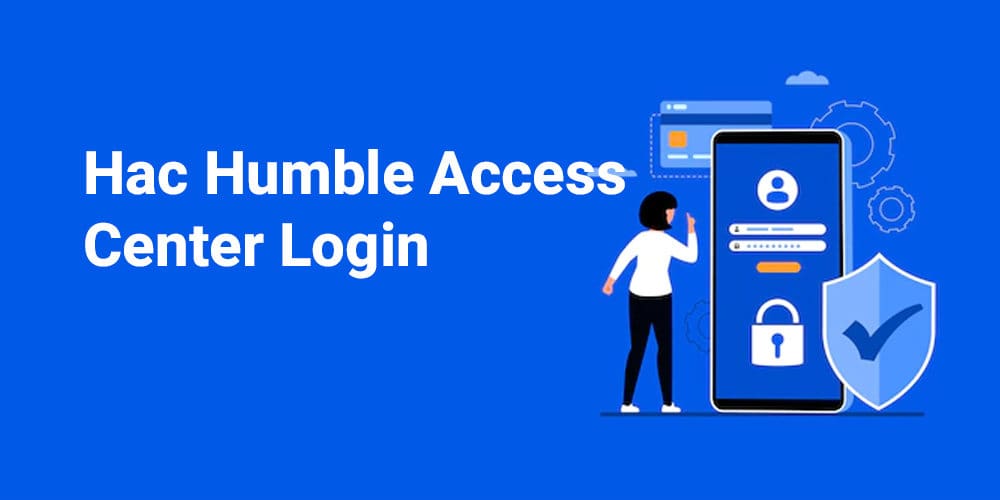In today’s fast-paced digital landscape, where every moment can be captured and shared with a global audience in mere seconds, Snapchat emerged as a pioneer in offering a unique proposition: self-deleting photos and videos. However, with the rise of the “leaked Snapchat“ phenomenon, a paradoxical challenge has surfaced. How can a platform built on the premise of temporary content reconcile with the permanence of the internet?
What Constitutes a “Leaked Snapchat”?
At its core, a “leaked Snapchat” refers to any content initially shared via Snapchat that is subsequently captured, saved, and redistributed without the sender’s consent. This encompasses a spectrum of digital media, including photos, videos, or chat messages. Despite Snapchat‘s in-built security measures, several methods have emerged allowing recipients to circumvent its ephemeral nature.

Understanding Snapchat Leakage Mechanisms
To grasp the full extent of the “leaked Snapchat” phenomenon, it’s crucial to delve into the mechanisms through which such breaches occur:
| Leakage Mechanism | Description |
|---|---|
| Screenshots | Despite Snapchat‘s notification feature for screenshots, users can easily immortalize content with a click. |
| Third-party Apps | Various apps claim to discreetly save Snapchats, often violating Snapchat‘s terms of service. |
| Camera Capture | Utilizing a second device to record a Snapchat provides a rudimentary yet effective means of retention. |
| Accidental Public Posts | Mistakenly sharing personal content to public stories can result in unintentional Snapchat leaks. |
| Data Breaches | Large-scale data breaches can expose a multitude of Snapchats simultaneously, albeit less frequently. |
Implications of a Leaked Snapchat
The repercussions of a “leaked Snapchat” extend beyond momentary embarrassment:
- Emotional Distress: The knowledge that personal content is circulating without consent can have profound psychological effects.
- Reputation Impact: Both personal and professional reputations can suffer due to leaked content.
- Cyberbullying & Blackmail: Leaked content can be weaponized, leading to cyberbullying or blackmail in severe cases.
- Legal Consequences: Unauthorized sharing of content can result in legal ramifications, depending on the jurisdiction and nature of the material.
Navigating and Preventing Snapchat Leaks

With the looming threat of a “leaked Snapchat,” proactive measures are essential:
- Discretion in Sharing: Exercise caution when sharing content, considering both the nature of the content and the recipient.
- Educate Peers: Promote a culture of respect and awareness among friends, discouraging content-saving behaviors and fostering mutual trust.
- Leverage App Settings: Regularly review and adjust Snapchat settings to maximize privacy protection.
- Avoid Sensitive Content: Refrain from sharing explicit or compromising content, irrespective of the recipient.
- Stay Updated: Ensure that you’re using the latest version of Snapchat to benefit from security patches and updates.
Addressing Leaks: Snapchat’s Role
Snapchat actively addresses the “leaked Snapchat” dilemma through various initiatives:
- Educational Outreach: Regularly disseminating information on privacy best practices and the significance of mutual respect among users.
- Technological Safeguards: Continuously refining security features such as screenshot notifications and detection of third-party apps.
- Prompt Response: Swift action is taken in response to vulnerabilities or breaches, aiming to minimize damage and safeguard user data.
In Conclusion
The prevalence of “leaked Snapchats” underscores the challenges of upholding privacy in the digital age. While platforms like Snapchat innovate and entertain, they are not immune to vulnerabilities. It is a collective responsibility of both platforms and users to champion digital privacy. By understanding the risks, promoting a culture of digital respect, and taking proactive preventive measures, we can mitigate the impact of “leaked Snapchats” and preserve the essence of the platform. In a digital landscape filled with opportunities, awareness and action are key to navigating its waters safely.
Frequently Asked Questions (FAQs)
- How does Snapchat notify users of screenshots?
- Snapchat displays a notification within the app when a recipient takes a screenshot of a snap.
- Are there any legitimate reasons for saving Snapchats?
- While some users may save snaps for sentimental reasons, it’s essential to respect the sender’s privacy and consent.
- Can I retrieve a Snapchat once it’s been sent?
- No, Snapchat’s self-destruct feature ensures that once a snap is viewed, it disappears from the recipient’s device.
- What should I do if I suspect a Snapchat leak?
- Immediately report the issue to Snapchat support and refrain from sharing sensitive content until the matter is resolved.
- Are there legal consequences for sharing leaked Snapchats?
- Depending on the content and jurisdiction, unauthorized sharing of snaps can lead to legal repercussions, including invasion of privacy or copyright infringement.
- Can I trust third-party apps claiming to save Snapchats discreetly?
- It’s advisable to refrain from using third-party apps for saving Snapchats, as they often violate Snapchat’s terms of service and compromise user privacy.
- How can I protect my privacy on Snapchat?
- Regularly review and adjust your privacy settings, exercise discretion when sharing content, and stay informed about potential security risks.
- What measures can Snapchat take to enhance user privacy?
- Snapchat can invest in advanced encryption technologies, implement stricter app permissions, and enhance user education on privacy best practices.
- Is Snapchat actively addressing privacy concerns?
- Yes, Snapchat regularly updates its platform with new security features and educates users on privacy protection measures.
- How can users contribute to a safer Snapchat environment?
- By fostering a culture of digital respect, promoting awareness of privacy issues, and reporting any suspicious activity to Snapchat, users can play a vital role in maintaining a safe online community.






